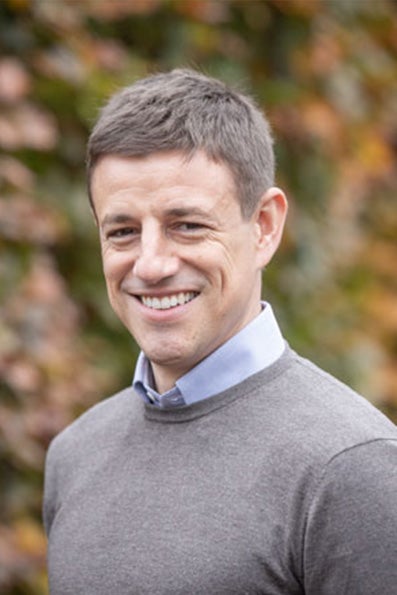Biography
Andrea received his B.S. and M.S. degrees in Chemistry from the University of Rome “La Sapienza”. He then moved to Vrije Universiteit Amsterdam, where he obtained his PhD in Condensed Matter Physics in 2010. During his time in Amsterdam, he studied the properties of metal hydrides for hydrogen storage and smart windows applications.
In 2011, he won the Young Energy Scientist (YES!) Fellowship from the Dutch physics institute (FOM), which funded his tenure as a postdoctoral scholar at Stanford University. Here, he developed imaging and spectroscopic techniques to study individual nanoparticles for applications in energy conversion and storage.
In 2015, he returned to the Netherlands as a tenure-track senior scientist at the Dutch Institute for Fundamental Energy Research (DIFFER) in Eindhoven, where he led his research group on Nanomaterials for Energy Applications. In 2017 he won an NWO Vidi grant from the Dutch Research Organisation (NWO) to study plasmon-activated catalysis on metal nanoparticles.
Since March 2020, he is a tenured associate professor in the Physics and Astronomy department at VU Amsterdam. His group uses optical resonances in metal nanoparticles to activate, control, and detect chemical and physical processes at the nanoscale.
Research description
Nanomaterials interact with visible light in unconventional ways, thanks to their sub-wavelength size. For example, metal nanoparticles are capable of concentrating light into infinitesimal volumes, enabling strongly localized temperature gradients, high electric field regions, and even activating otherwise impossible reactions.
In our research group, we synthesize metal and semiconducting nanostructures and characterize their optical response using a range of spectroscopy and microscopy techniques, both in ensemble experiments and at the single particle level.
We are particularly interested in studying nanomaterials for light-energy conversion (photocatalysis, photochemistry, photothermal heating, …) and optical sensing (gas detection, surface-enhanced Raman scattering, …).
Among the many nanostructures we synthesize and investigate are colloidal nanoparticles (nanospheres, nanorods, nanowires, …) made of plasmonic metals such as gold, silver, palladium, and aluminum, hybrid hierarchical nanomaterials such as core@shell metal@semiconducting nanoparticles and nanorods, and regular or random nanoparticle arrays made by nanolithography.
Selected recent publications
- G. Kumari, R. Kamarudheen, E. Zoethout, and A. Baldi, Photocatalytic Surface Restructuring in Individual Silver Nanoparticles, ACS catalysis 11 (6), 3478-3486 (2021)
- R.F. Hamans, M. Parente, and A. Baldi, Super-resolution Mapping of a Chemical Reaction Driven by Plasmonic Near-Fields, Nano Letters 21 (5), 2149-2155 (2021)
- R. Kamarudheen, G. Kumari, and A. Baldi, Plasmon-driven synthesis of individual metal@ semiconductor core@ shell nanoparticles, Nature Communications 11 (1), 1-10 (2020)
- R. Kamarudheen, G.J.W. Aalbers, R.F. Hamans, L.P.J. Kamp, and A. Baldi, Distinguishing Among All Possible Activation Mechanisms of a Plasmon-Driven Chemical Reaction, ACS Energy Letters 5 (8), 2605-2613 (2020)
- M. Parente, M. van Helvert, R.F. Hamans, R. Verbroekken, R. Sinha, A. Bieberle-Hütter, and A. Baldi, Simple and Fast High-Yield Synthesis of Silver Nanowires, Nano Letters 20 (8), 5759-5764 (2020)
For a complete list see Andrea’s Google Scholar page
